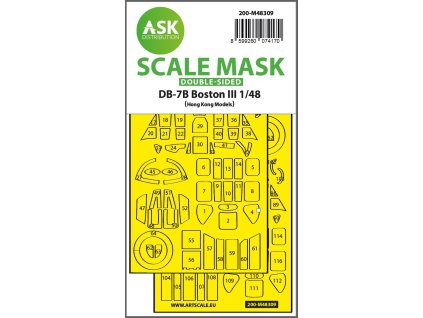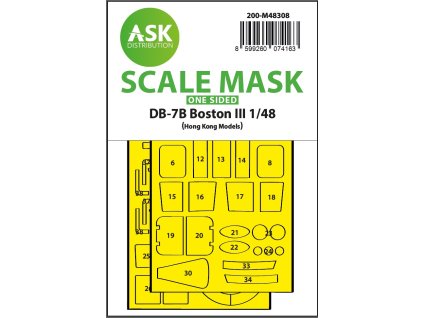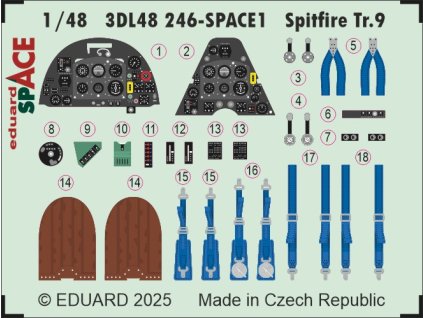1/48 Boston MK.III part 2 - Workhorses in the sky
1/48 Boston Mk.III part 2 - Workhorses in the sky. Katalogové číslo Art Scale Kit Distribution: 200-D48080
Obtiskový aršík obsahuje následující markingy:
- Boston Mk.IIIA, 88th Squadron, Hartford Bridge, Operation Starkey, August/September 1943.
- Boston Mk.III, 418th Squadron, Summer 1942.
- Boston Mk.III, 88th Squadron, Sqn ldr G.R. Pushman, July 1944.
- Boston Mk.III, 88nd Squadron, Operation Oyster, Decemberg 1942.
V případě potřeby lze krycí lak obtisku odstranit - smýt benzinem do zapalovačů Zippo.
1/48 Boston Mk.III part 2 - Workhorses in the sky. Katalogové číslo Art Scale Kit Distribution: 200-D48080
Obtiskový aršík obsahuje následující markingy:
- Boston Mk.IIIA, 88th Squadron, Hartford Bridge, Operation Starkey, August/September 1943.
- Boston Mk.III, 418th Squadron, Summer 1942.
- Boston Mk.III, 88th Squadron, Sqn ldr G.R. Pushman, July 1944.
- Boston Mk.III, 88nd Squadron, Operation Oyster, Decemberg 1942.
V případě potřeby lze krycí lak obtisku odstranit - smýt benzinem do zapalovačů Zippo.
Krátká historie Bostonu Mk.III:
- Původ: Letoun DB-7 vznikl na základě požadavků amerického armádního leteckého sboru (USAAC) na nový lehký bombardér koncem 30. let 20. století. Francouzská vláda projevila o typ zájem dříve než USAAC a objednala značné množství.
- Francouzská objednávka a pád Francie: První sériové stroje DB-7 byly dodány Francii v roce 1939. Po pádu Francie v roce 1940 převzala britská Royal Air Force (RAF) zbývající francouzskou objednávku.
- Britská služba a označení Boston: RAF přejmenovala bombardovací verze DB-7 na "Boston" a stíhací/noční stíhací verze na "Havoc". Boston Mk.III bylo označení pro DB-7B, které byly poháněny motory Wright R-2600 a měly vylepšenou pancéřovou ochranu.
- Nasazení: Boston Mk.III vstoupily do služby u RAF na jaře roku 1941. Byly nasazeny jako lehké bombardéry, zejména u jednotek 2. skupiny RAF, a operovaly proti cílům v okupované Evropě. Nahradily starší bombardéry Bristol Blenheim.
- Úpravy: Některé Bostony Mk.III byly upraveny na noční stíhačky "Havoc-Intruder" s přídavnými kulomety v přídi nebo na letouny "Turbinlite" s výkonným světlometem pro osvětlování nepřátelských bombardérů v noci.
- Další uživatelé: Kromě RAF sloužily Bostony Mk.III také u dalších spojeneckých letectev, například u letectva Svobodných Nizozemců a později i u USAAF, kde si ponechaly britské označení "Boston" pro některé dodané stroje.
Celkově byl Boston Mk.III spolehlivý a efektivní lehký bombardér, který sehrál významnou roli v počátečních fázích druhé světové války v evropském divadle.
V případě potřeby lze krycí lak obtisku odstranit - smýt benzinem do zapalovačů Zippo.
Buďte první, kdo napíše příspěvek k této položce.
| Výrobní společnost : | Art Scale Kit Distribution s.r.o. |
|---|---|
| Adresa : | Vrchlického 1005/57, 460 14 Liberec, Czech republic |
| E-mail : | info@artscale.cz |

















